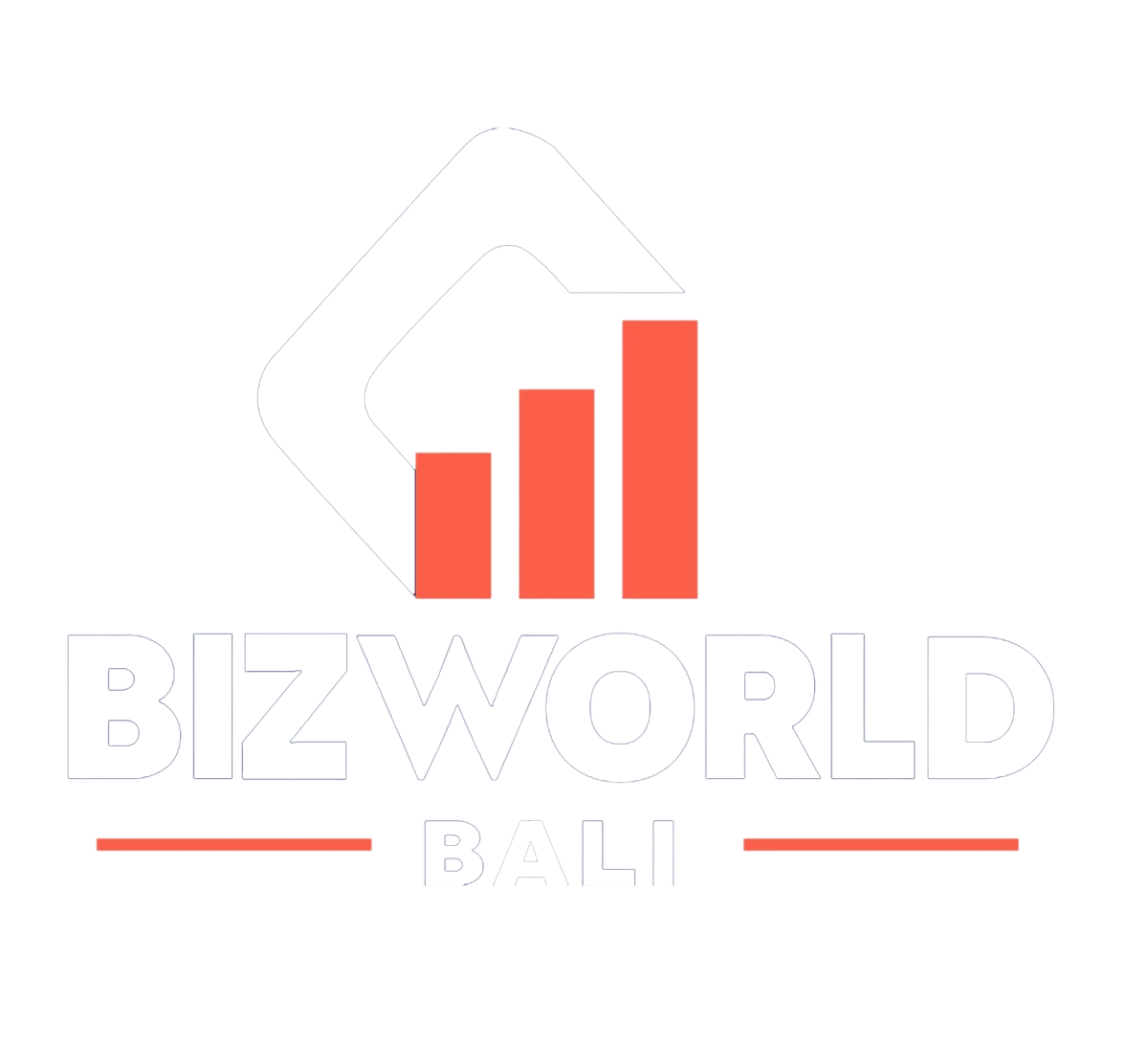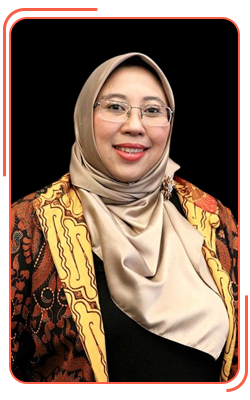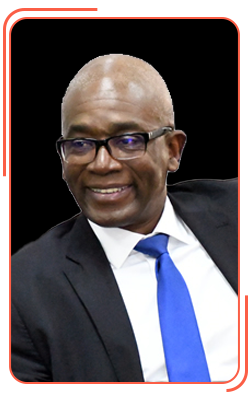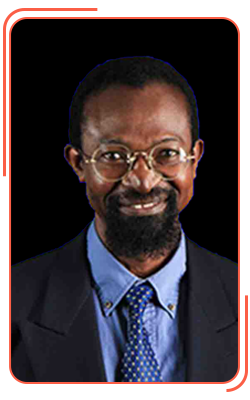Important tips, information and Guideline for Presentations
To facilitate the submission process and the subsequent follow-up process, please consider the following guidelines, information, tips, terms and deadlines mentioned.
For Oral Presenters
What is an Oral Presentation?
As an oral presenter you can deliver your presentation live to an audience effectively and engage in fruitful discussions with the audience. The registration fee packages present many benefits to oral presenters.
- Consider the sequence and relevancy of your slides. A current slide should build a path to next slide
- Use graphs and charts to illustrate your prominent points. They will help the audience to clearly understand the content.
- Make it simple. Too much fancy graphs and charts with huge data and numbers will confuse the audience. Don’t use flash, gif images and fancy colors. The audience will only remember those effects, not your message. Make it simple!
- Use the 6-6-6 rule: (maximum 6 words per bullet, maximum 6 bullets per slide, and maximum 6 text slides in a row). The fewest words with effective imagery will have the most powerful effect.
- Use high-contrast, easy-to-read fonts that are common to most computers. Do not use ALL CAPS, italics, and other enhancements that clutter and distract. A good guideline is a minimum of 30-point font.
Please follow the guidelines below to make your presentation effective. The tips below will help you to keep the audience interested throughout your presentation.
- Form a story. Try to tell a story rather than give too much of information. Organize your thoughts, develop a good transitions between slides.
- Use visual aids. Visual aids such as slides attract and hold an audience’s attention and help to reinforce what you say as well as help you keep on track with your presentation. You need to keep things visuals – and your remarks – simple and easy to read and understand.
- Kick off start. Start the presentation with some eye-opening facts from your findings. One good way to get the audience’s attention is to start with a question.
- Make the case relevant to the audience. Make your points in presenting your findings to the audience. The more relevant your presentation is to the audience the more interested they will be.
- Reduce your introduction. The session chair will introduce you and save time for important points.
- Never read from your slides. Your audience will be reading your slides. Support them with more clarifications.
- Practice speaking. Practice your presentation as much as possible and consider the time you are given. You will only have 15 – 20 min. use it wisely, fully and effectively. The more you practice, the more comfortable you will be.
- Avoid jargon. Using more specific words may reduce the audience’s interest. Especially when speaking about your institute’s/company’s processes.
- Give priority to your findings. Give priority to your findings and outcomes. Reduce the time that you spend on background.
- Ensure that you are available at least 30 minutes before the session starts on the day of the conference.
- All presentations must run on Windows operating system – the Laptop and the Presentations MUST be submitted to the IT table 15 minutes in advance to ensure that the sessions run according to schedule without any delays.
- Bring an extra-copy of your presentation to the conference on a USB media storage device. This copy is to be used as a backup if required.
- Make sure the USB media storage device and your presentation file are properly labeled with your name, presentation day, and time
- Send your final presentation via email to the organizing committee by the prescribed deadline
- If you need special arrangements (Different operating system, videos to be displayed etc.,) you should make that known to the organizing committee by the presentation submission deadline.
- Please note that the organizing committee will not be held responsible for any technical issues occurring due to late communication.
- Technical assistance will be provided during your presentation
- All presentations must run on Windows operating system – a Laptop and the Multimedia Projector will be available. The Microsoft PowerPoint is the recommended software to be used.
- SMART pointer will be provided. Click here for more information and guidelines regarding the pointer.
For Poster Presenters
What is a poster presentation?
As a poster presenter you can deliver your presentation effectively to an audience in the form of a poster. There is no formal oral presentation in a poster session, instead each author is assigned a display area on which diagrams, graphics, data, pictures/photos, and a small amount of text are presented.
The poster should be self-explanatory, but the author should be available at certain times, such as refreshment breaks and during the time devoted to poster session, to interact with viewers and answer questions.
Poster presenters could also derive a lot of benefits from registering for the conference.
Dimensions for the posters are 2*3 feet (Width 2 and Height 3). Please ensure that your poster does not exceed this size.
- There are many poster templates available online. Select one that makes sense for your presentation. Share the layout with a colleague to obtain feedback before proceeding.
- The heading of the poster should be centered at the top of the poster, and it should include the topic, the author’s name and contact details.
- Select a legible font that is clearly visible, at least from approximately 2.5 meters.
- Use a simple format and spatial layout with helpful color combinations.
- Use reader-friendly icons and symbols such as arrows, numbers, bullets, boxes.
- Avoid abbreviations and jargon as much as possible.
- Your poster will attract viewers if your ideas are presented clearly: the topic, methodology, example, conclusions, as well as the visibility of the poster’s layout, will attract viewers.
Dimensions for the posters are 2*3 feet (Width 2feet and Height 3feet). Please ensure that your poster does not exceed this size.
Please ensure that you handover the poster to the organizing committee at the registration table.
A time slot will be allocated for the poster viewing in the conference program and please ensure that you stand by your poster(s) for discussions and questions during that session.
Poster presenters are able to explain their material, answer questions, exchange contact information, and fully discuss the subject matter, as visitors examine the displays during the time allocated for poster presentation.
For Poster Presenters
What is a poster presentation?
As a poster presenter you can deliver your presentation effectively to an audience in the form of a poster.
There is no formal oral presentation in a poster session, instead each author is assigned a display area on which diagrams, graphics, data, pictures/photos, and a small amount of text are presented.
The poster should be self-explanatory, but the author should be available at certain times, such as refreshment breaks and during the time devoted to poster session, to interact with viewers and answer questions.
Dimensions for the posters are 2*3 feet (Width 2 and Height 3). Please ensure that your poster does not exceed this size.
Please ensure that you handover the poster to the organizing committee at the registration table.
A time slot will be allocated for the poster viewing in the conference program and please ensure that you stand by your poster(s) for discussions and questions during that session.
Poster presenters are able to explain their material, answer questions, exchange contact information, and fully discuss the subject matter, as visitors examine the displays during the time allocated for poster presentation.
Virtual Presenters
If you are unable to attend the conference in person mainly due to financial or any other reasons, but still wish to have your paper presented and published, we offer virtual presentations for your convenience. There are two types of virtual presentations available.
- Live Video Presentation via ZOOM
- Pre-recorded Video Presentation
If you are unable to attend the conference in person but still wish to have your paper presented and published, we offer Live Video presentations for you which will give you a live experience as conference participant.
The International Institute of Knowledge Management (TIIKM) is delighted to introduce the new Web Conference facility to Conference Participants. This live video presentation opportunity is developed by web client called ZOOM.
What is Zoom?
Zoom is a platform designed to offer complete Unified Communications maintaining High-Quality Standards. Web Conferencing platform enables Video and Voice Communications to take place through the Internet Browser with Peer Participants and relevant Session Chairs, which allows to seamlessly join meetings with zoom software or zoom application in web browser.
Online Video presentation is a great opportunity to,
- Present your research via online video presentation to the conference audience, live.
- Meet face-to-face with HD Video & Audio.
- Watch the presentation or webinar.
- Share the screens and PDF documents.
- Discuss with peer presenters, the session chair and evaluation panel members and get live feedback.
- Be evaluated by an international evaluation panel and win an award as the best presenter.
- Be eligible for publication opportunities as regular presenters.
Your Package includes,
- The abstract will be published in the Abstract Book
- Presentation slot with Q and A session (15 min) and live engagement with the conference delegates.
- Conference materials including the author certificate as a virtual presenter, book of abstract (soft copy), Conference Group Photographs and conference program book (soft copy) will be sent to every virtual presenter after the conference.
- An opportunity to publish in conference proceedings.
- An opportunity to submit your paper for peer review to the supporting Journals
How to be a Live Video presenter?
You are required to submit a proposal/Abstract which will undergo a double-blind peer reviewing process for the Abstract Acceptance. Upon the confirmation to the Conference, a test run will be conducted by the organizing committee in close proximity to the Conference. The participant will be given guidelines on how to connect during the Conference and present. After the Presentation and Conference Conclusion, you will receive a copy of the Conference program, Certificate of Presentation, Book of Abstracts and TIIKM branded stationaries along with the Conference Pack.
Requirements
- Laptop with headset/ Desktop with Webcam and Microphone/headset
- Updated Chrome Browser
- Virus Protections are needed to be paused/disabled before the start, if not will block the webcam.
- Bright and calm environment with a professional background.
Test-run your presentation before the conference
Once you have registered and paid for the conference, you will receive an opportunity to have a trial live presentation with the organizing committee to test the application at the mock run which will be taken prior to the conference. This will give you the technical knowledge to do the presentation smoothly.
Pre-recorded Video Presentation
To be a virtual presenter under the pre-recorded video presentation category, you need to send us your PowerPoint presentation (with video and/or audio embedded to the presentation). ‘This Option is for the Participants who would like to Record the Presentation and play it than Presenting Live at the Conference. The Presenter should record the 12 Minutes Video Presentation and send it to us. (The Video should be 12 minutes or lesser). The Organizing Committee will play the Video in your Presentation Slot. The Presenter should be present during your presentation slot, especially for the Q&A Session (03 Minutes Q&A). The presenter has to inform the organizing committee if he/she will not be able to attend the Q&A session.
Please note that the same publication opportunities that are available regular presenters will also be available to you. You are still required to submit a proposal/abstract, and one author must pay the registration fee. Within 1 week after the conference, you will receive a certificate of presentation, the Book of Abstracts and other materials.
- Abstracts will be published in the Abstract Book.
- An opportunity to publish in conference proceedings.
- An opportunity to submit your paper for peer review to the supporting Journals
Conference materials including the author certificate as a virtual presenter, book of abstract (hard copy), conference program book (hard copy), note book and pen will be posted to every virtual presenter after the conference.
Related Topics
- Who are the keynote speakers?
- Register online and reserve your seat
- Guidelines for your abstract submission
- Are there any FAQ forum or how can I contact you?

The International Institute of Knowledge Management
#531/18, Kotte road, Pitakotte.
+94 11 799 2022 / +94 76 573 3737
isanka.gamage@tiikmedu.com
www.tiikm.com
Copyright © 2024 Bizworld, All rights reserved. Powered by TIIKMDigitalTeam.



